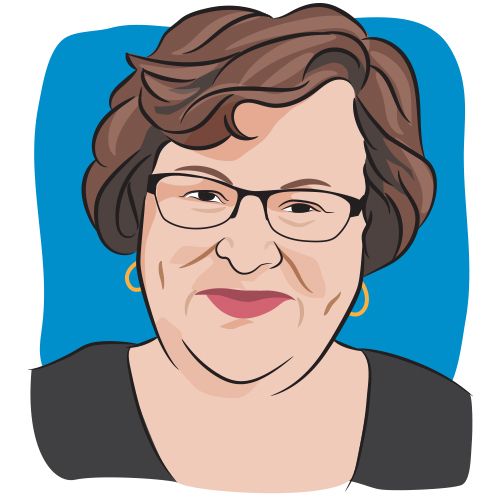Article
Utilizing the Patient Perspective as a Patient Advocate
Author(s):
Being a patient with cancer gives you a unique perspective that can become beneficial when serving as an advocate for others.
Being a patient advocate while also having experience with cancer allows patients who have found an unmet need or gap in their own care to help other patients in similar situations. In the case of Debbie Setuain, this involved making sure patients understand they can receive genetic testing.
Setuain was diagnosed with triple negative breast cancer in 2010 and was not offered a genetic testing prior to her diagnosis — even though she had a family history of breast cancer. This led Setuain to become a patient advocate with Facing Our Risk of Cancer Empowered (FORCE), where she raises awareness for genetic testing and the risks of hereditary cancer.
At the CURE® Educated Patient Breast Cancer Summit in Miami, Florida, Setuain spoke with CURE about genetic testing and breast cancer risk, along with FORCE’s advocacy work.
To help ease the burden of a breast cancer diagnosis, what resources does FORCE offer?
Yes, our objective is that people don't have to do this alone. We want to help them to navigate the process. So, we offer local support groups, and we also have a PNP, that is a peer navigator program, where we match the patient with somebody that went through a similar story, so they can get in touch and navigate this treatment together with that navigator.
What are some of the advocacy efforts that FORCE is currently engaged in?
We are helping young women to be able to get tested, get the early diagnosis, just to make sure that it doesn't advance in their cases. We are also working on better insurance coverage, because sometimes (…) health insurance is not covering their prevention, all the surgeries and everything that is necessary for patients with breast cancer.
And another thing now, as younger and younger women are getting diagnosed with breast cancer, we are helping them with their fertility issues. Just to make sure that they can do all the prevention and they can preserve their eggs in order to be able to have children after breast cancer treatment.
What advice do you have for patients considering joining a clinical trial?
Well, at the beginning, I would say that it is scary, because they're telling you they're testing new medicine, but clearly now, it's so much more advanced. Clinical trials are an option when there is no medication that is working for you. So really, it's very important that you participate, not only for your case, but also for future generations.
Also, at FORCE, we have a database of our patients and database of DNA from our constituents, to different research organizations, and they are doing research. So, we can do it a little faster because it takes a long time for patients to do the testing. So, by doing this during the conferences, we try to collect all this data so we can just help to advance the clinical trials and the research to find a cure.
For other patients want to get involved in advocacy work, what advice would you give them?
Well, when I started, I talked with CSUN (California State University, Northridge) patient advocates. I asked them, where did you start? What did you do? Where did you obtain your training? So, when I started the first thing that I did involved a program in Washington, DC, where they teach you how to advocate in Congress. And then you actually go to Congress and you do that.
After that, I did the project lead program, where they teach the science behind breast cancer, so you can participate in research and represent your patient advocacy. And then I applied to different conferences, for example, the San Antonio Breast Cancer Symposium, and always in these conferences, there is a track for advocates. They train you and you also meet with other patient advocates to see what they're doing, and you continue your advocacy work.





